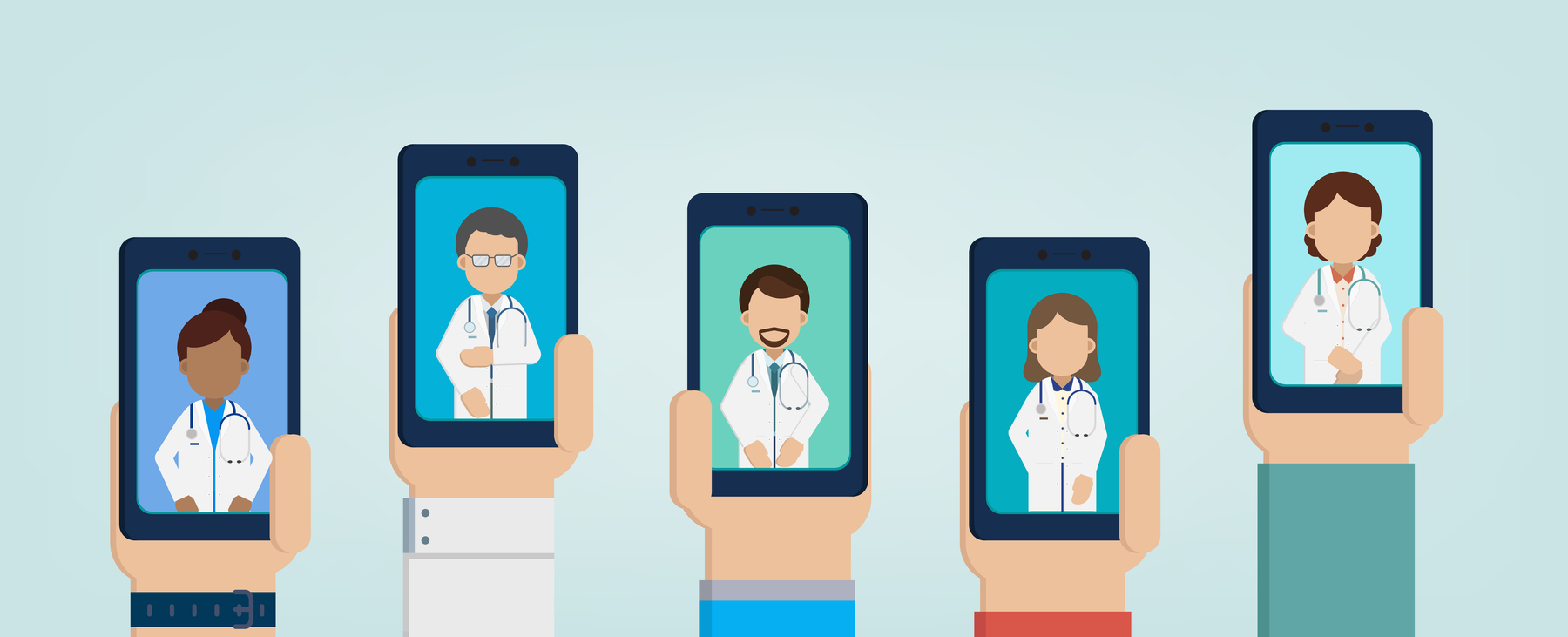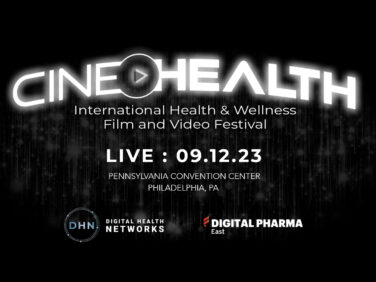COVID has undoubtedly changed how providers interact with field reps, relying more on digital and mobile messaging instead of the tried and true face to face. COVID has also changed adoption rates of telehealth dramatically, for even the most analog of providers. If patients don’t want to leave the house, or can’t if severely compromised, much of the provider universe has had no recourse but to adapt or risk getting left behind.
We looked at our own provider audience, comprised of both physicians and nurse practitioners. Of the 980,000 providers in our network, only 44,362 had logged a telehealth visit prior to March 1, 2020. Of those who had not logged any telehealth visits prior to March, 369,101 unique providers had adopted and logged telehealth activity after March 1st. Less than 5% of our providers had been active in telehealth pre-COVID. Today, roughly 40% of our entire audience is actively engaged with telehealth visits.
Looking deeper into specific trends by specialty, 75% of our Endocrinology specialty providers logged telehealth visits after March 1, aggregating up to 400 visits per unique physician over the last six months. In Oncology, 57% of our providers were actively engaged in telehealth visits with patients during the same time period. In specialty areas that triage chronic care management and multiple comorbidities, the prevalence of telehealth activity increased with a higher percentage of visits per unique National Provider Identifier (NPI).
The Benefits of Telehealth Data for Reaching Patients
At TI Health, we’re constantly uncovering new signals and data models associated with our audiences in order to make intelligent predictions about behavior. While we look at individual specialty activity, we also pay close attention to what is happening at a micro level by account, point of care location, how prescribing patterns and line of therapy preferences might change over time, and which providers are likely to switch from one therapy in favor of another. We also track switch behavior by mode of delivery, from infusion to orals and vice versa.
Many of our telehealth feeds refresh every 24 hours and some weekly, depending on the specialty. This warp speed refresh rate enables us to determine how—and where—to speak to certain providers for optimal conversions. We can learn so much about where to focus a consumer message through connected TV, for example, based on high levels of telehealth activity in specific condition areas.
Given the COVID landscape, the ability to adjust targeting by geo on a weekly basis has become our new normal. If patients aren’t going into the office in specific zips one week where our telehealth feeds capture high activity, we can engage patients through connected TV and meet them where they are; at home and on the couch. I wouldn’t want to be in broadcast television right now, when 99% of the waste associated with broadcast can be cut out with the stroke of a keyboard, by simply approaching the targeting differently.
The Benefits of Telehealth Data for Reaching Physicians
We use telehealth data layering not only to meet patients where they are on their journey, but for professional targeting and modeling as well. We focus in on specific providers who have varying levels of activity in order to speak to them differently with more nuanced messaging. In our new world where every single healthcare professional is now a “low-see” physician, telehealth has become a lifeline for sidelined sales reps looking to provide support, a medical science liaison, or critical efficacy and dosing information to providers that normally wouldn’t be captured until weeks or months later through claims.
Marketers do not need to engage providers inside of a telehealth or electronic medical record (EMR) platform in order to engage their priority professionals, in fact, most telehealth environments disallow any sort of branded interaction or sponsorship with physicians. With TI Health, we’re connecting the dots to interact with providers based on the same event data captured through telehealth, but messaging them instead where they are organically consuming content once they navigate away from the siloed system.
Content consumed by providers can take the form of a clinical newsletter, a banner or video, or a connected TV commercial. Share of voice engaging providers outside of telehealth and EMR platforms and outside of journals has given us 2x the increase in new patient starts and script writing behavior compared to competitive drugs tracked over the same time frame.
In this brave new world, those willing to adopt new methodology for targeting and engagement will most certainly thrive. We look forward to talking with you about how we can create positive behavior change together.
This is a sponsored post from TI Health, an intelligent data-driven marketing company, serving leading pharmaceutical and healthcare marketers in the United States. TI Health deploys targeted ad messaging to healthcare professionals and patients with a focus on mobile and tablet device engagement and non-personal promotion. TI Health can deploy advertisements specifically to the handheld devices of healthcare professionals or patients when they are in the vicinity of their practice or point of care location, in response to highly targeted and timely data feeds such as diagnostics, labs, claims, and formulary access data. TI Health is headquartered in New York City and has additional offices in Santa Monica, California. Get in touch with Erin DeRuggiero at erin@tihealth.com.







